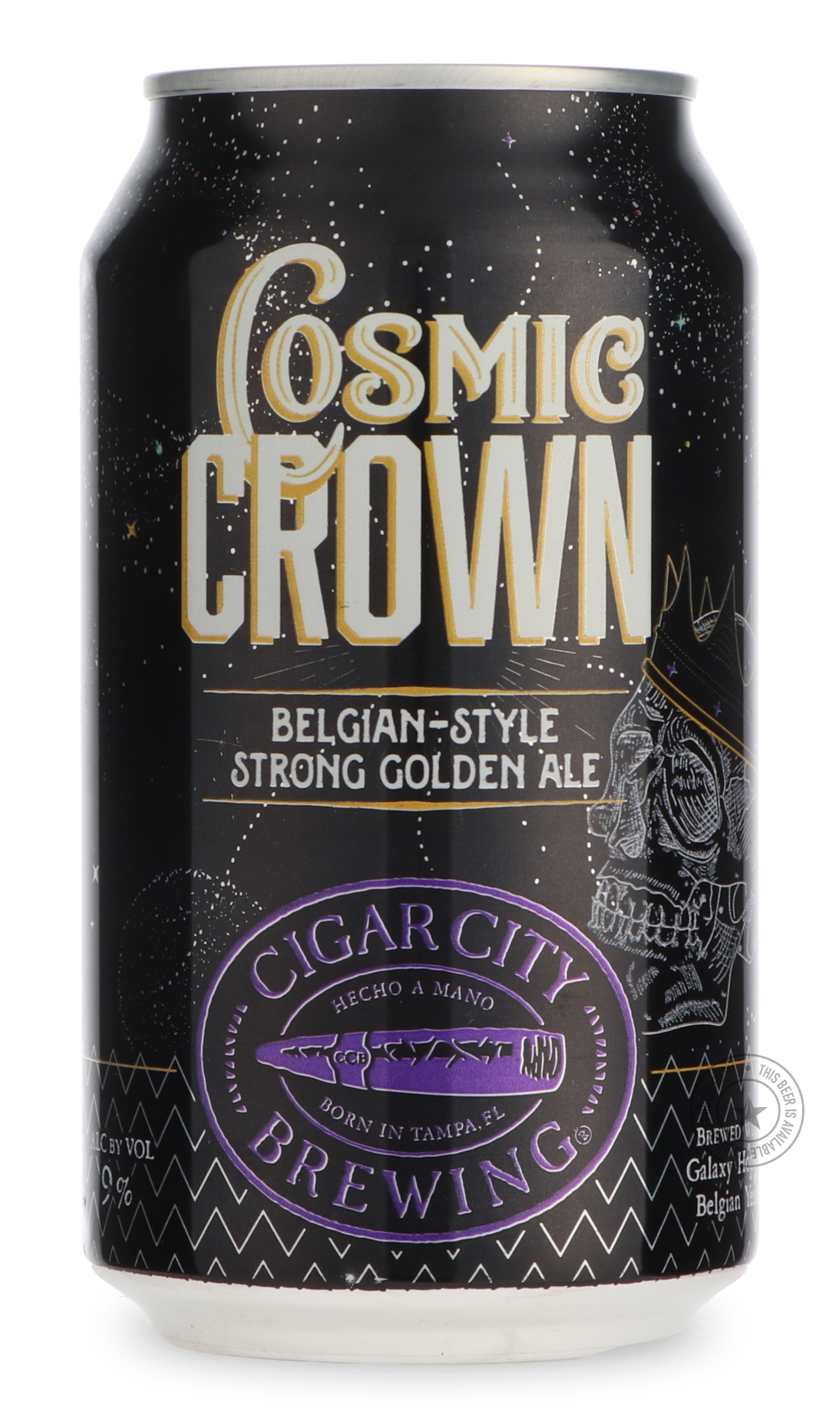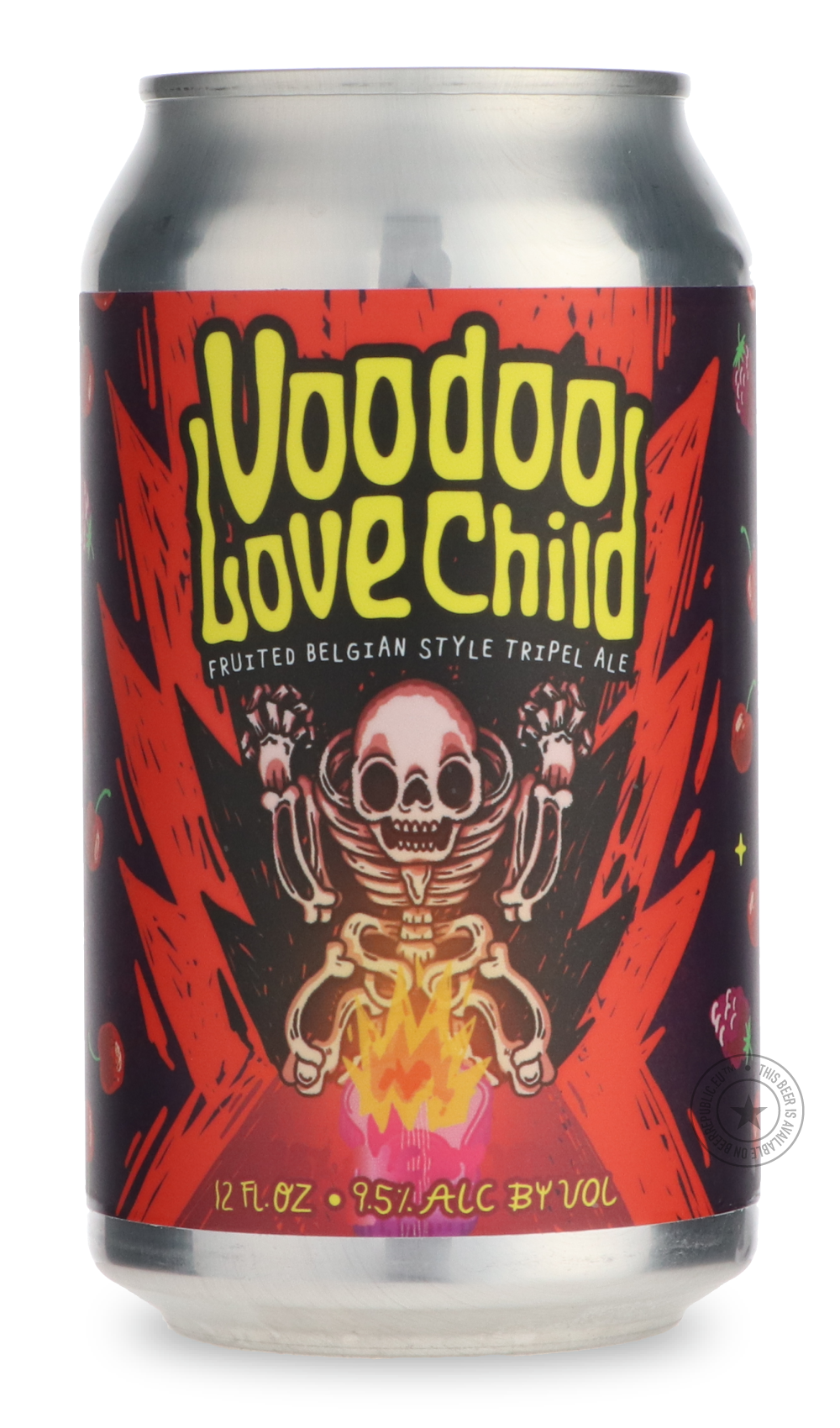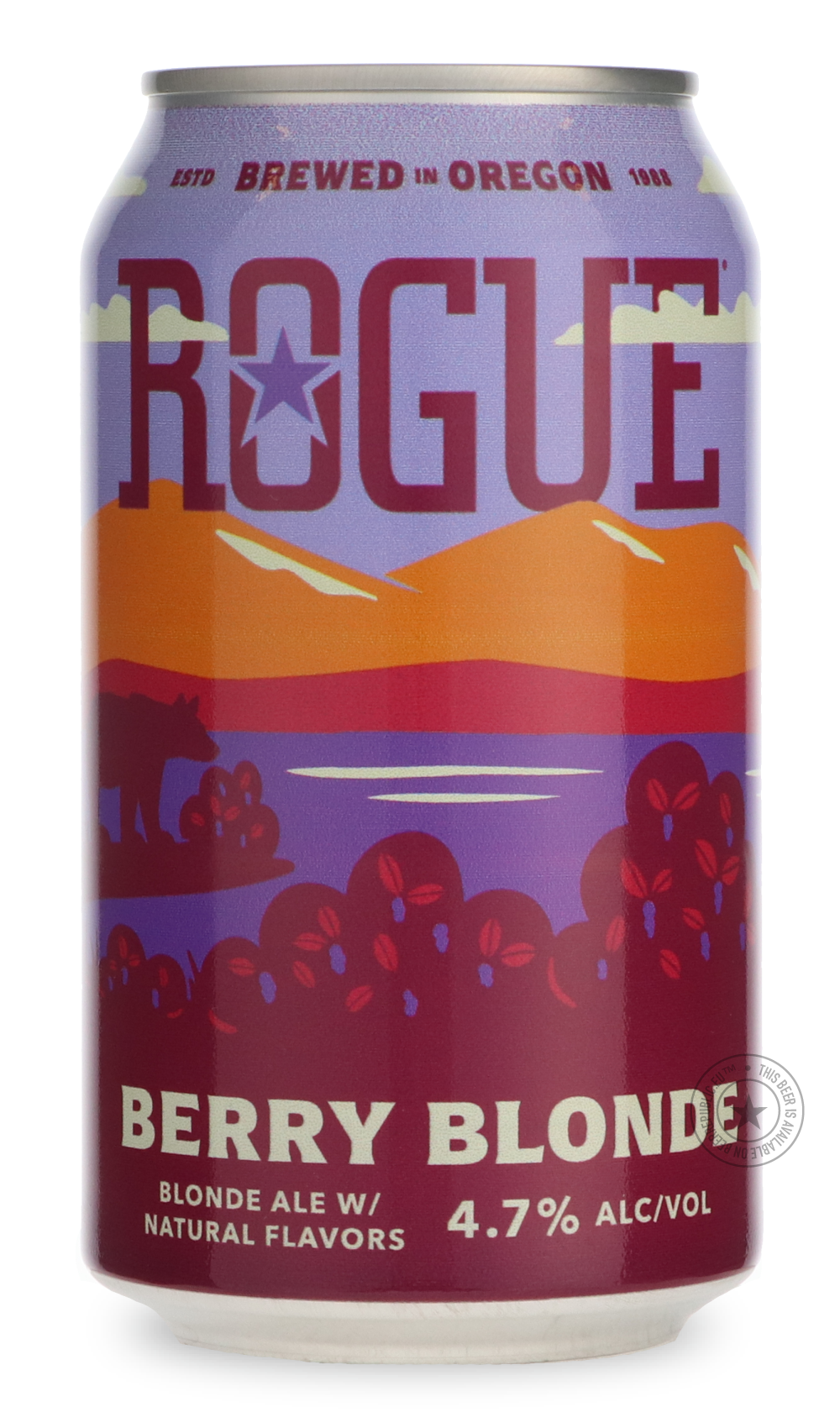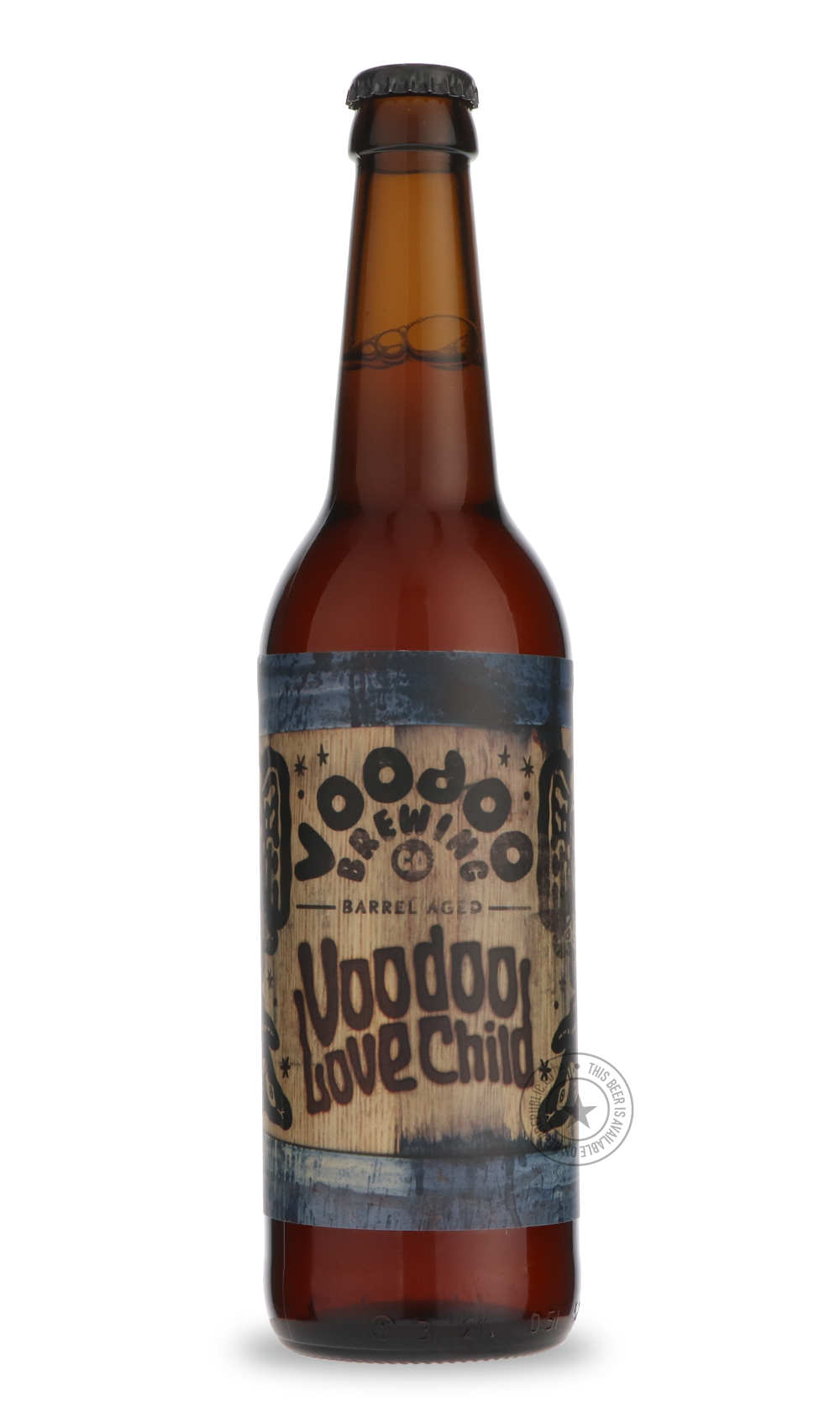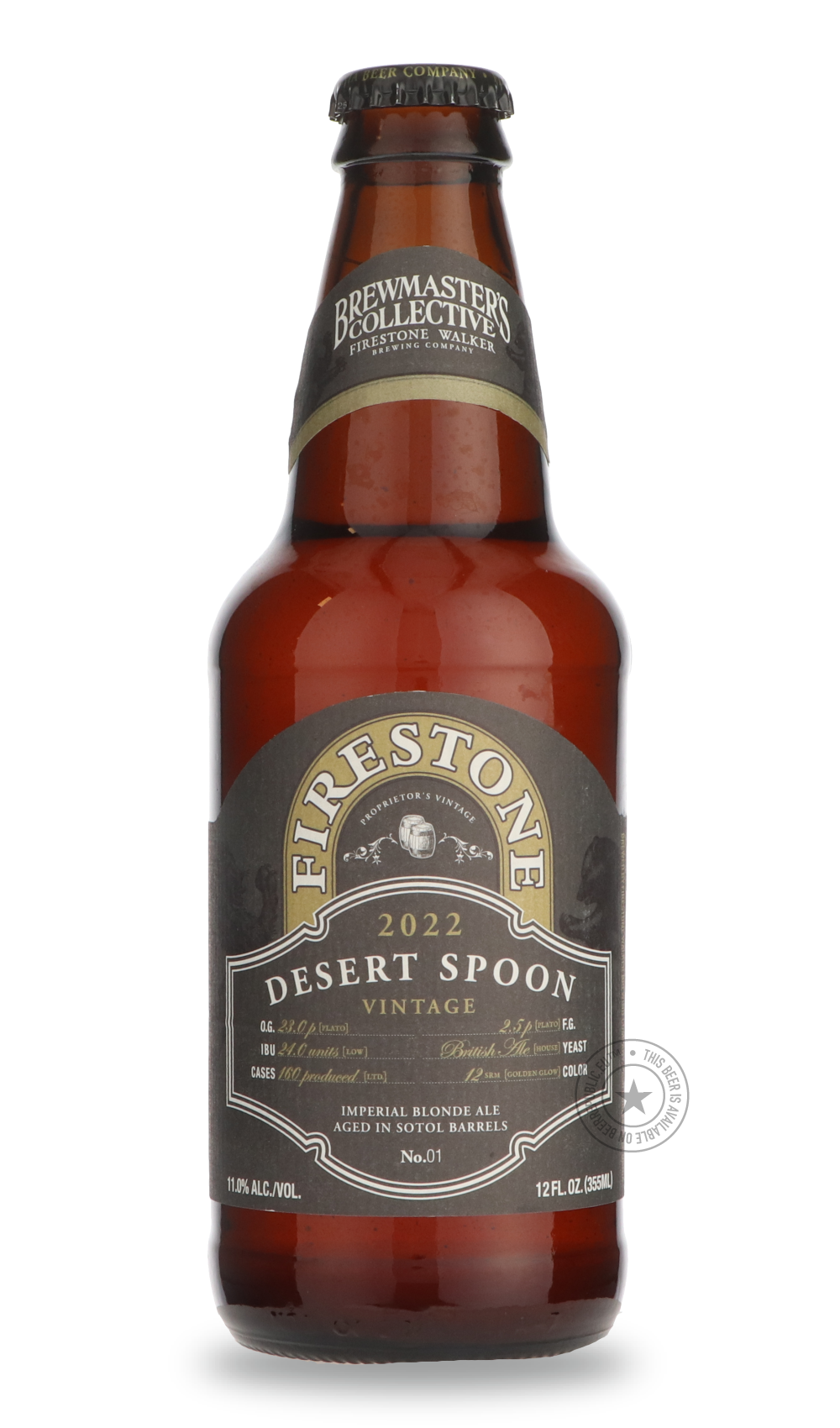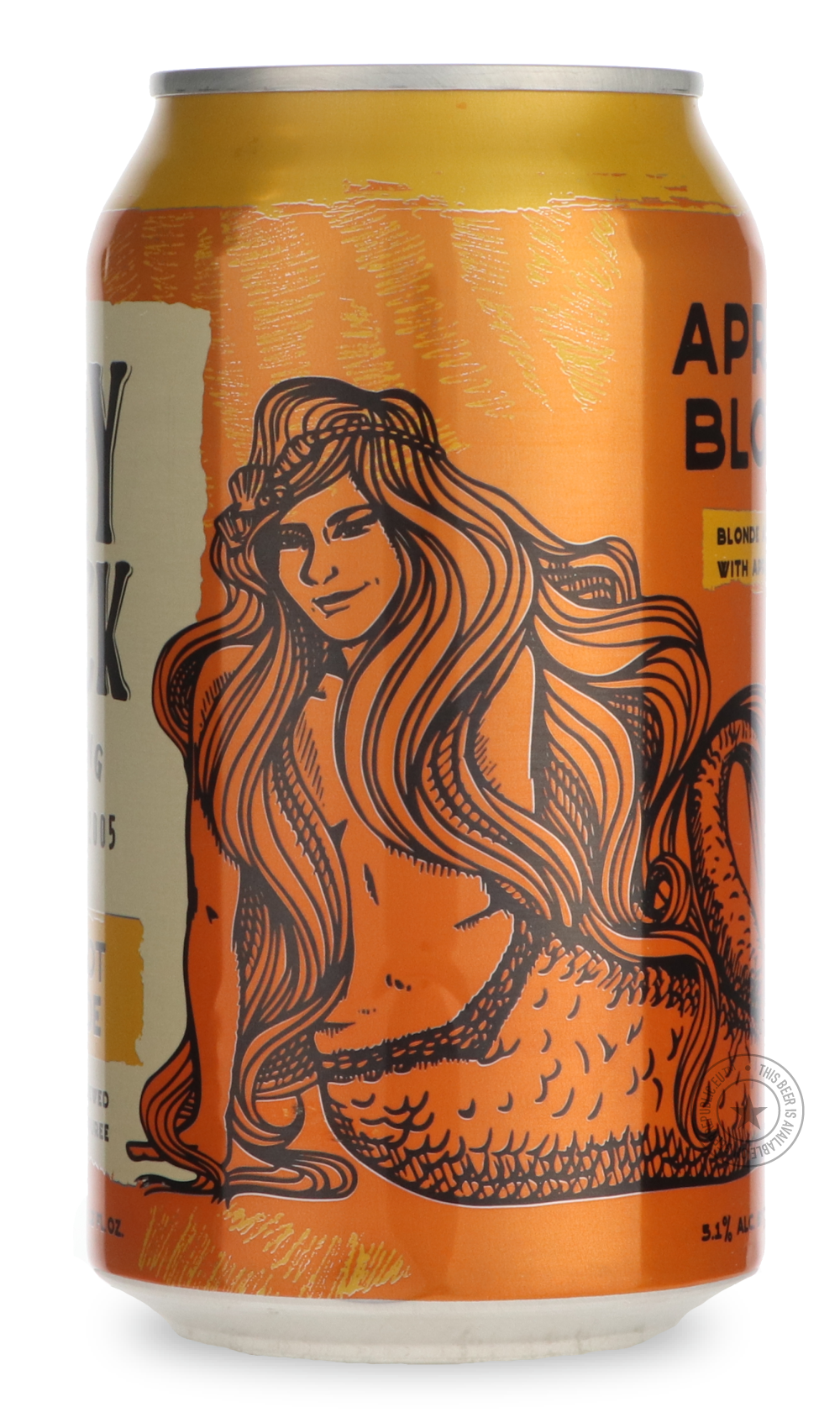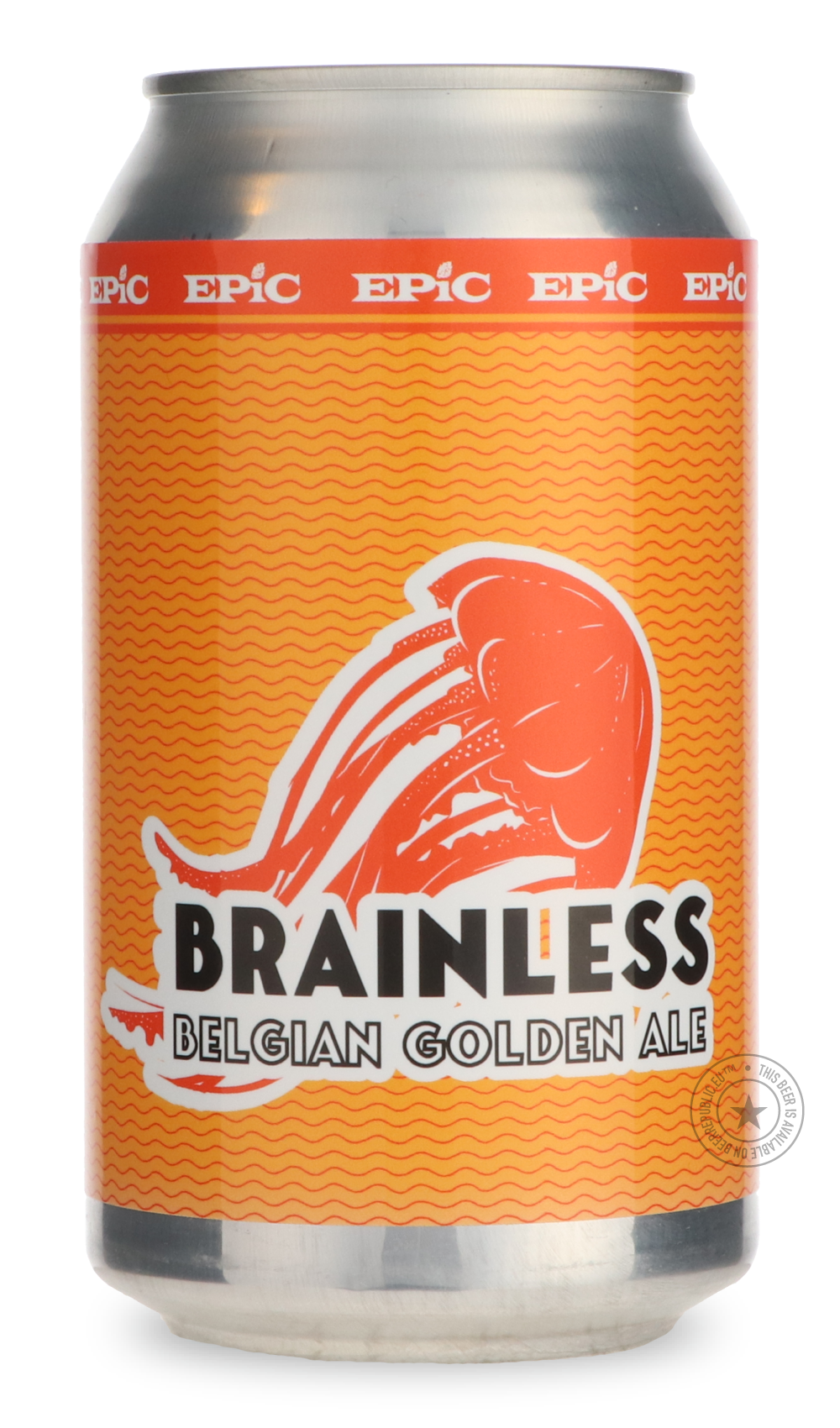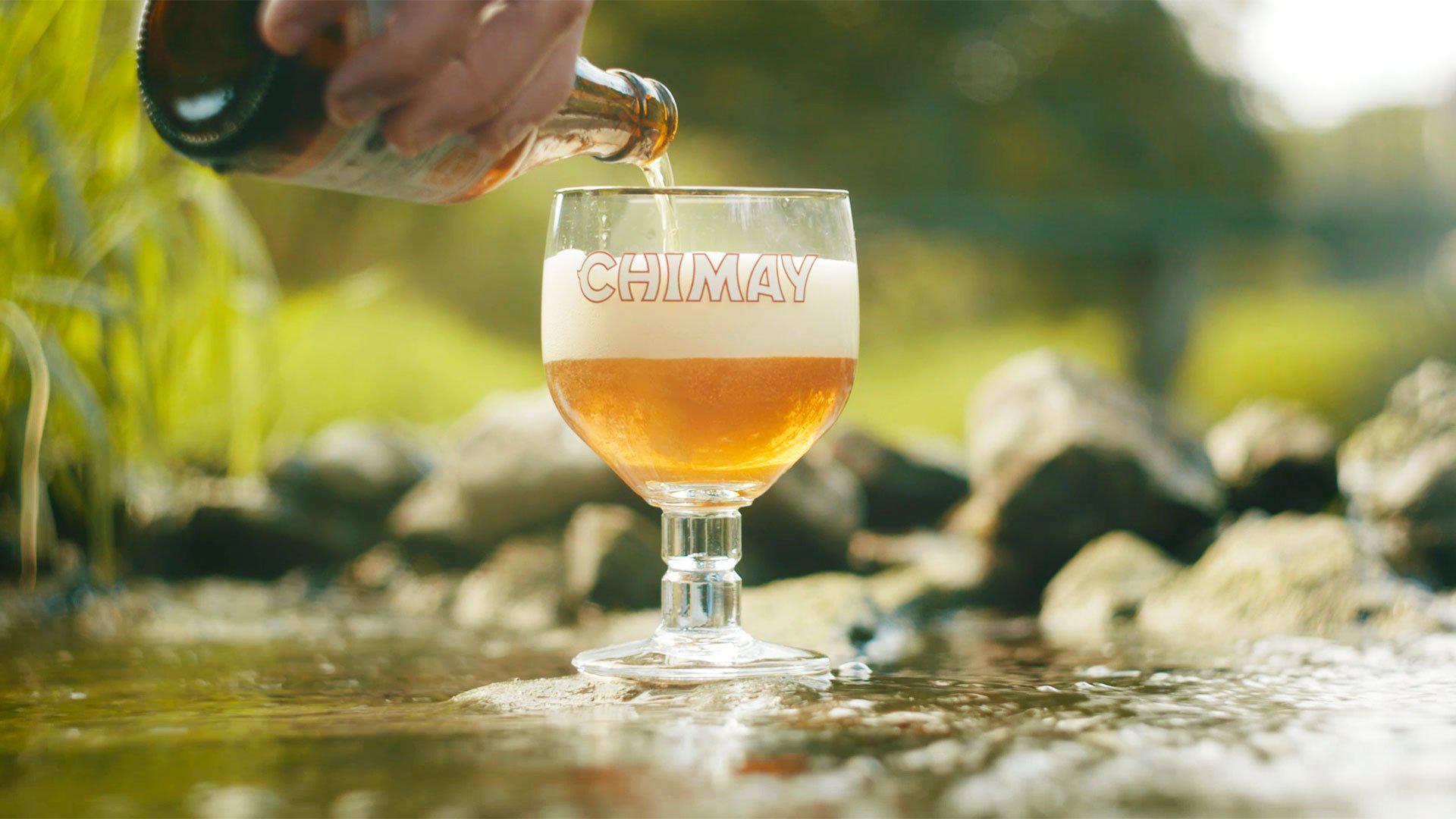
Blond / Tripel
15 products
Showing 1 - 15 of 15 products
The name "Tripel" actually stems from part of the brewing process, in which brewers use up to three times the amount of malt found in a standard Trappist table beer. Traditionally, Tripels are bright yellow to deep gold in color, a shade or two darker than the average Pilsener. The head should be big, dense, and creamy. Expect a complex aroma and flavor: spicy phenols, powdery yeast, and fruity esters with a sweet finish. Sweetness comes from both the pale malts and the higher alcohol. Bitterness is up there for a strong beer with such a light body, but it can be hard to perceive in well balanced versions. The lighter body comes from the use of Belgian candi sugar (up to 25 percent sucrose), which not only lightens the body, but also adds various alcoholic aromas and flavors. Small amounts of spices are sometimes added as well. Tripels are notoriously alcoholic, yet the best examples hide this quality quite deceivingly, making them beers for sipping.
Belgian Pale Ale
The Belgian brewing scene is littered with Belgian Pales, which were initially brewed to compete with Pilseners during the WWII era. Traditionally, they differ from other regional Pale Ales by being less bitter, using aged hops for a delicate hop finish, and having sweet to toasty malt overtones. They should be decanted properly, leaving the yeast in the bottle. This will showcase their brilliant color range from pale straw yellow to various amber hues. Most will be crowned with thick, clinging, rocky white heads. Flavors and aromas will vary. Some have natural spice character contributed by yeast and hops, while others are deliberately spiced. There's also a more recent trend to make hoppier Pale Ales to entice the US market and its hopheads.
The Belgian-style blonde ale is typically easy-drinking, with a low but pleasing hop bitterness. This is a light- to medium-bodied ale, with a low malt aroma that has a spiced and sometimes fruity-ester character. Sugar is sometimes added to lighten the perceived body. This style is medium in sweetness and not as bitter as Belgian-style tripels or golden strong ales. It is usually brilliantly clear. The overall impression is balance between light sweetness, spice and low to medium fruity ester flavors.
Bitter
The Bitter style came from brewers who wanted to differentiate these ales from other mild brews—enter pale malts and more hops. Usually gold to copper in color, most examples are light bodied and low in carbonation. Intended to be sessionable, alcohol should be low and not perceived on the palate. The hop bitterness meanwhile, is moderate to assertive. Most English Bitters have a fruitiness in the aroma and flavor; diacetyl can also be present. These beers are traditionally served cask conditioned, but many breweries now have bottled versions, too.
Extra Special Bitters are essentially more aggressive and more balanced Bitters, both in alcohol and hop character. They shouldn't be overpowering, however. The color range will be similar, though ESBs lean toward the darker end of the scale; dark golds to copper. Low in carbonation, this style is commonly served on cask. Malts, often toasty and fruity, tend to be more pronounced, with the possibility of some diacetyl notes. And despite the word "bitter" in the name, these beers are not really all that bitter. The key to an ESB is balance and drinkability.
Mild
Similar in many ways to an ordinary Bitter, yet not as hoppy, the English Pale Mild Ale is a delicate, malt-forward brew. Lighter in color than Dark Milds, this style ranges from a pale amber to a deep amber or even an amber brown. Fruitiness, sulfur, and buttery diacetyl may be present in the nose, while hops—traditionally English in origin—are generally subdued yet offer a balancing bitterness. The low alcohol range makes this type of ale a perfect session beer. Not as popular as it has been in the past, Pale Mild is nonetheless an ale for those who appreciate nuance and a bit of history in their pint glass.
Biere de Garde
Biere de Garde translates as “beer for keeping.” This French style is popping up more and more from US producers. Blonde, amber and brown versions exist. Biere de Garde examples are light amber to chestnut brown or red in color. This style is characterized by a toasted malt aroma and slight malt sweetness. Flavor of alcohol is evident. Often bottle-conditioned, with some yeast character.

